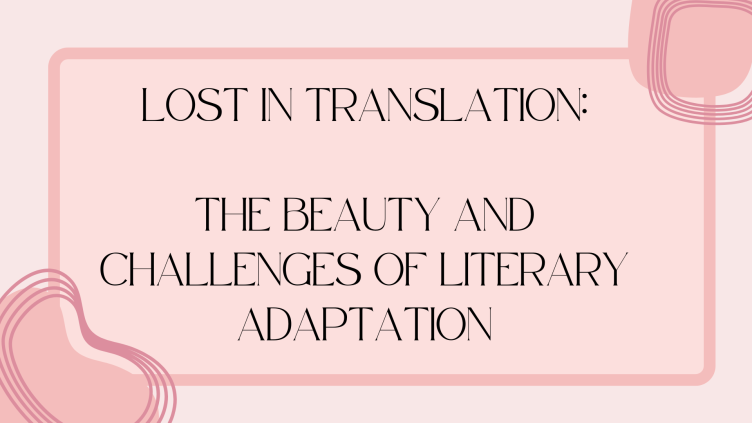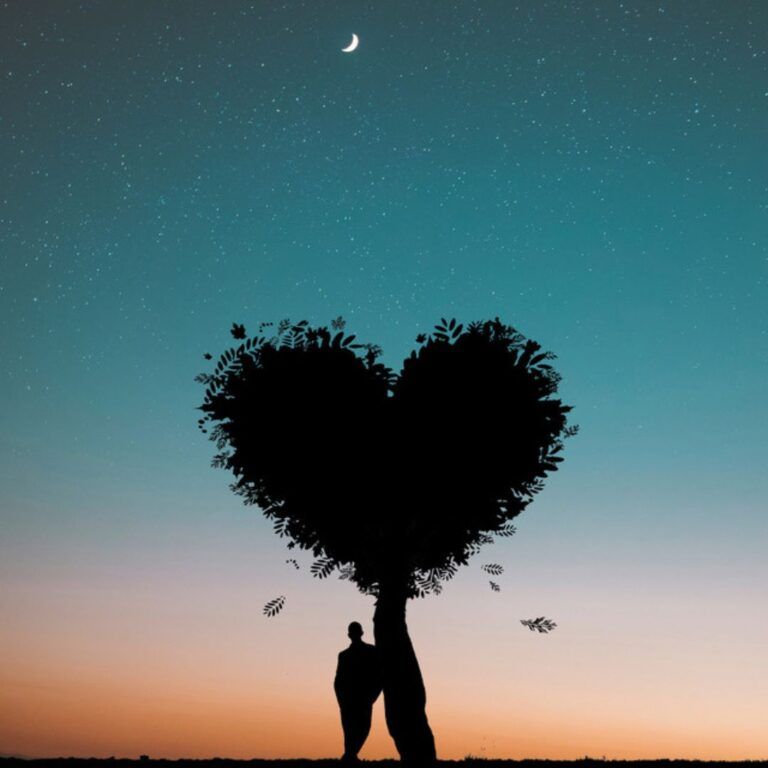Welcome to Riya’s Blogs, where we delve deep into the world of literature and its intricate adaptations. Today, we embark on a journey through the fascinating realm of literary adaptation, exploring its allure, its pitfalls, and the delicate balance between staying true to the original work while bringing new dimensions to life.
Understanding Literary Adaptation
Literary adaptation is an art form that bridges the gap between the written word and visual storytelling. It takes beloved books, poems, or plays and transforms them into movies, TV series, or even stage productions. At its core, adaptation aims to capture the essence of the source material while interpreting it through a new lens for a different audience.
The Appeal of Literary Adaptation
Why do we adapt literature into other forms? The answer lies in the richness of storytelling. A well-written book can evoke vivid imagery, complex characters, and intricate plots that captivate readers. When adapted thoughtfully, these elements can come alive on screen or stage, offering audiences a new way to experience a familiar narrative.
Adaptations also serve to introduce timeless classics to new generations. They preserve literary masterpieces and make them accessible to diverse audiences who may not engage with the original text. From Shakespearean plays to modern novels, adaptations serve as cultural ambassadors, carrying stories across linguistic, cultural, and geographical boundaries.
Challenges of Literary Adaptation
However, translating literature into another medium is not without its challenges. One of the most significant hurdles is maintaining the integrity of the original work. Every word, every nuance crafted by the author holds meaning and intent. Adapting these elements requires careful consideration to ensure that the adaptation captures the essence of the story without diluting its message.
Another challenge lies in the expectations of the audience. Readers often form strong attachments to characters and narratives, developing their own mental images of the story world. When adapted, discrepancies between the imagined and the portrayed can lead to disappointment or criticism.
Case Studies in Successful Adaptation
To illustrate the complexities and successes of literary adaptation, let’s explore a few notable examples:
1. The Lord of the Rings Trilogy
J.R.R. Tolkien’s epic fantasy series is a prime example of successful adaptation. Director Peter Jackson meticulously brought Middle-earth to life, capturing the grandeur and depth of Tolkien’s world while making necessary adjustments for cinematic storytelling.
2. Pride and Prejudice (2005)
Jane Austen’s beloved novel has seen numerous adaptations, but Joe Wright’s 2005 film stands out for its visual elegance and nuanced performances. The adaptation stays faithful to Austen’s wit and social commentary while infusing it with a contemporary sensibility.
3. Game of Thrones
George R.R. Martin’s sprawling series, “A Song of Ice and Fire,” found massive success as the television series “Game of Thrones.” Despite diverging from the later books, the adaptation captured the intrigue, political maneuvering, and epic scale that made the books a phenomenon.
Riya’s Perspective
At Riya’s Blogs, we celebrate the magic of storytelling in all its forms. Literary adaptation allows us to explore new dimensions of familiar tales, sparking conversations and debates that enrich our understanding of the human experience. Whether you’re a devoted bookworm or a casual moviegoer, adaptations offer something unique—a chance to revisit old favorites with fresh eyes or discover new stories waiting to be told.
Conclusion
In conclusion, literary adaptation is a testament to the enduring power of storytelling. It bridges the gap between the written word and visual media, offering new perspectives on timeless tales. While fraught with challenges, successful adaptations can transcend the limitations of their source material, captivating audiences and leaving a lasting impression.
Explore more insights on literature, adaptation, and storytelling at Riya’s Blogs. Join us as we continue to unravel the beauty and complexity of literary adaptation, one story at a time.
Remember, the journey from page to screen is not just about translation—it’s about transformation.







